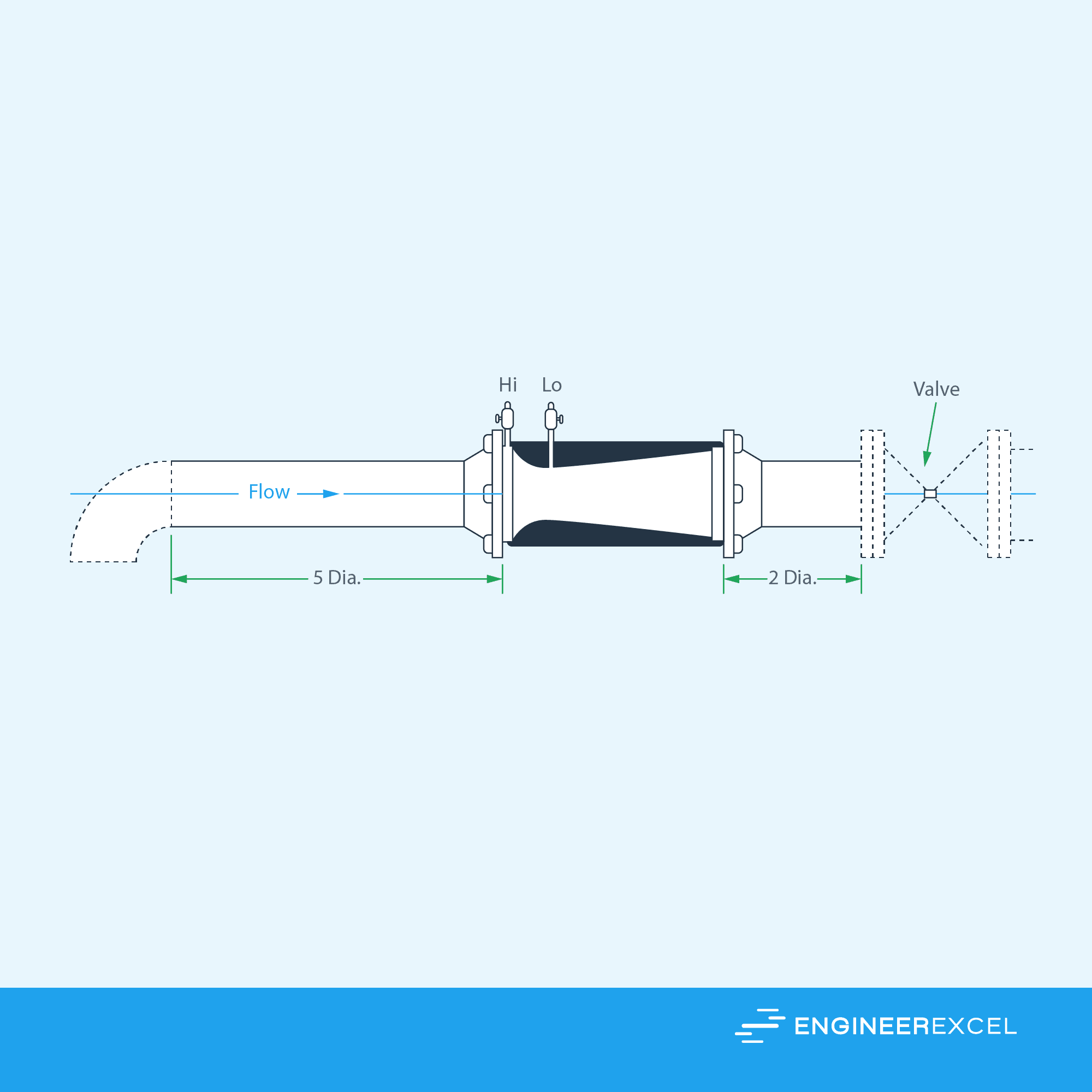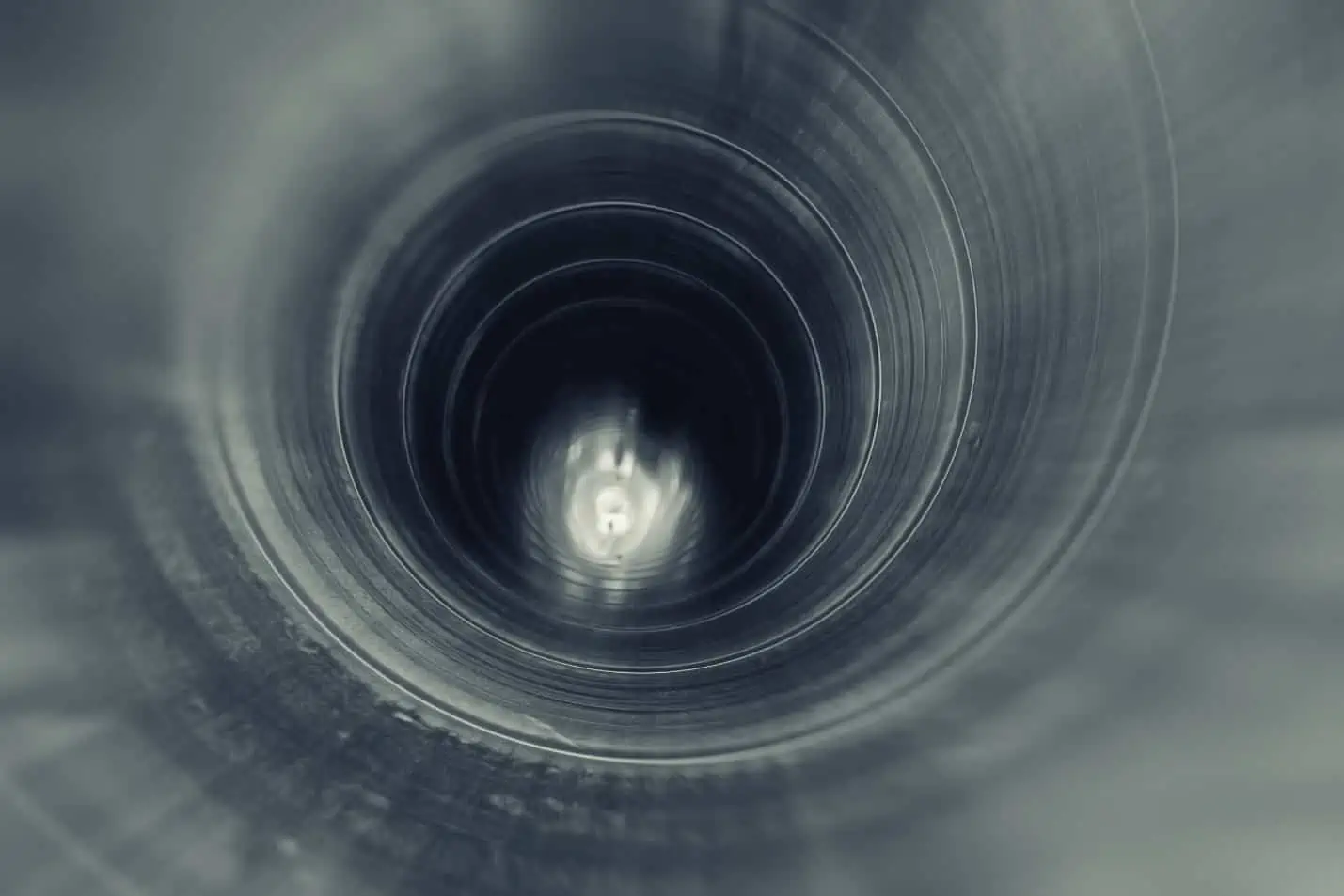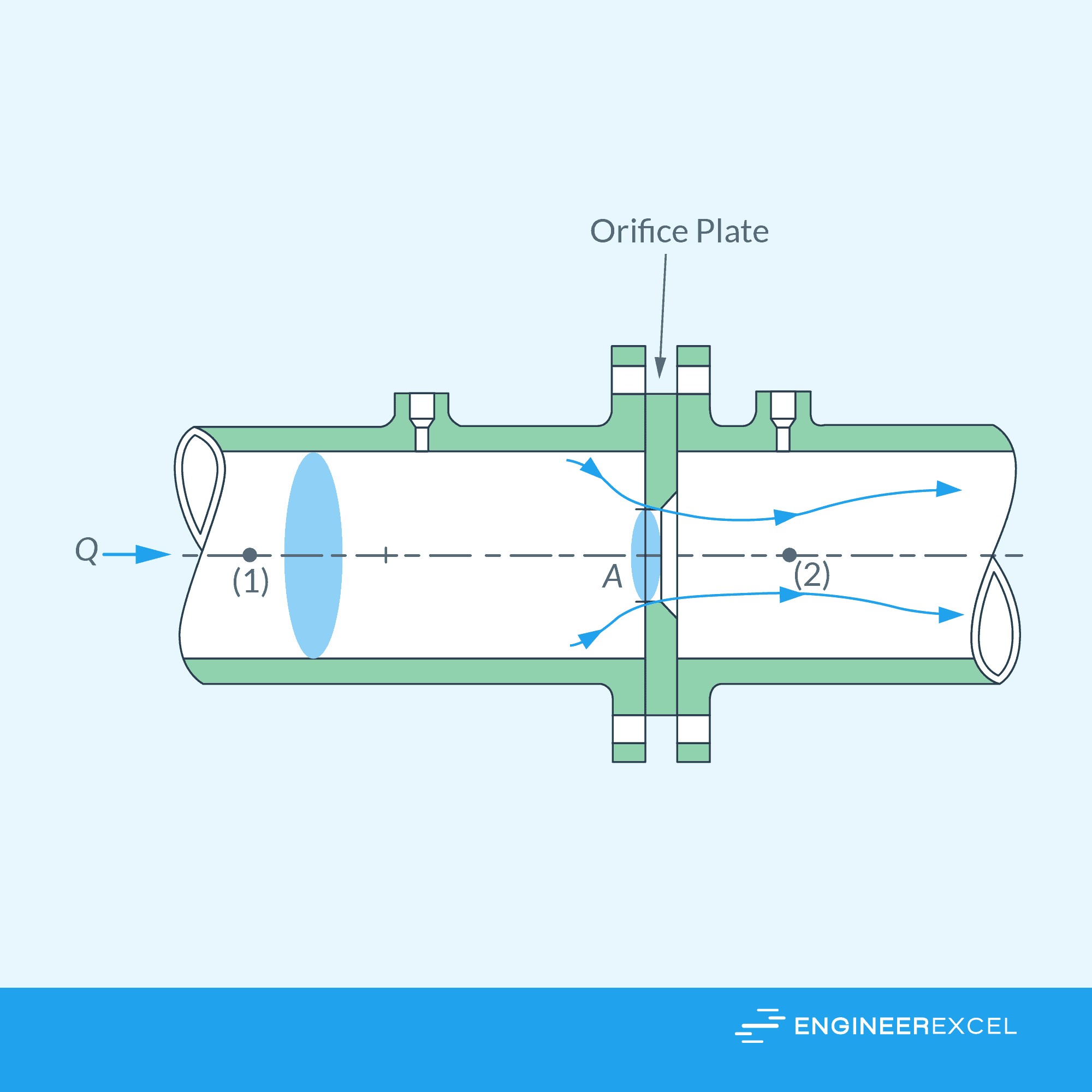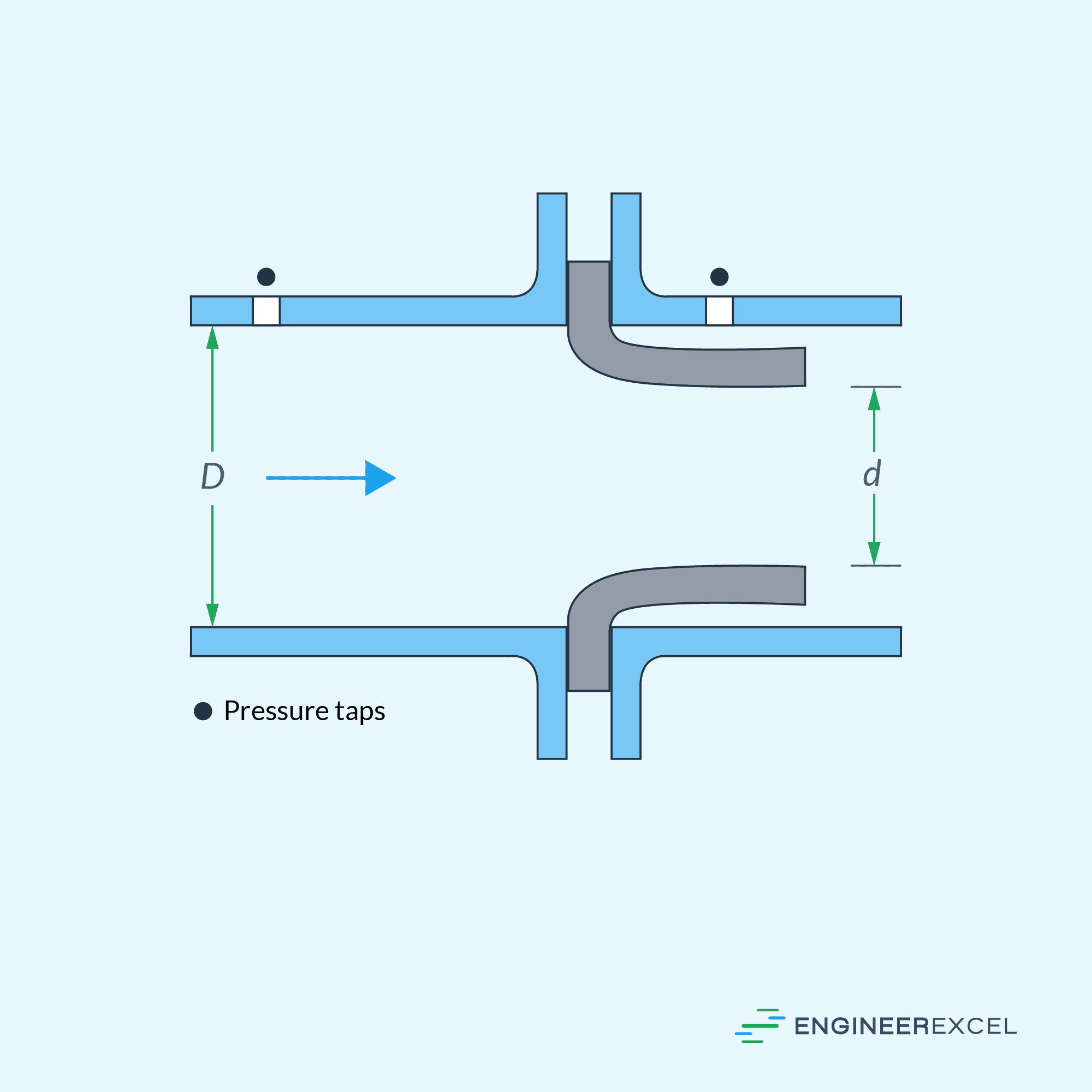Venturi meters are widely used in the industry for measuring the flow rate of fluids. These meters work on the principle of Bernoulli’s equation and are known for their high accuracy and reliability. However, like any other technology, venturi meters have disadvantages that must be considered before selecting them for a specific application. Therefore, it is important to understand the limitations of venturi meters and how they can affect the choice to use them in a flow system.
Venturi Meter Overview
A Venturi meter is a fluid flow measurement device that utilizes the principle of the Venturi effect. It consists of a tube with a converging section, a throat, and a diverging section. As fluid flows through the constriction, it experiences a decrease in pressure and an increase in velocity, following Bernoulli’s equation. The flow rate can be calculated by measuring the differential pressure between the inlet and the throat.

The Venturi meter is widely used in various industries, including oil and gas, water management, and chemical processing, due to its simplicity, accuracy, and ability to handle large flow rates. However, it is essential to be aware of its disadvantages to carefully consider its application in specific situations.
Disadvantages of Venturi Meters

Elevate Your Engineering With Excel
Advance in Excel with engineering-focused training that equips you with the skills to streamline projects and accelerate your career.
A Venturi meter offers several advantages in measuring fluid flow rates, such as accuracy and reliability. However, it is not without inherent shortcomings.
High Initial Cost
Venturi meters’ construction and installation costs can be significantly higher than other flow measurement devices. High-quality materials and precision engineering are required, resulting in a substantial initial investment. Budget constraints could deter potential users from selecting Venturi meters as their preferred flow measurement solution.
Pressure Loss
Although Venturi meters are designed for minimal pressure loss, some permanent pressure loss is still associated with their usage. This is due to the constriction in the throat section, which can cause a drop in pressure along the flow path. This pressure loss can negatively impact the system’s efficiency.
Size Limitations
One of the main disadvantages of venturi meters related to their length is the space required for their installation. Venturi meters are typically long and require a straight section of pipe before and after the meter to ensure accurate flow measurement. The inlet pipe is typically recommended to be at least 5 times the inlet diameter, and the outlet pipe is recommended to be at least 2 times the diameter. This means that installing a venturi meter can be challenging in applications where space is limited.

Sensitivity to Flow Disturbances
The Venturi meter is also sensitive to flow disturbances, such as those caused by bends, valves, or other obstructions in the pipe. To achieve accurate measurements, sufficient straight pipe lengths must be installed upstream and downstream of the Venturi meter to ensure a fully developed and laminar flow profile. This requirement may present challenges in space-constrained environments.
Maintenance Issues
While Venturi meters are considered low maintenance, they can still encounter wear and tear, especially at the metering section (throat), where the fluid velocity is the highest. This could necessitate regular inspection and maintenance to ensure reliable and accurate measurements.
Susceptibility to Clogging
When used in environments with sediment-laden or particulate-filled fluids, there is a risk of clogging. Foreign materials in the fluid can accumulate within the Venturi meter, leading to clogging and measurement inaccuracies. Periodic flushing of the Venturi meter is required to prevent such issues.

Accuracy Limitations
Despite their reputation for accuracy, Venturi meters are not immune to limitations. Factors such as fluid viscosity, density, temperature, and flow profile can affect the device’s accuracy. Additionally, Venturi meters may not provide accurate readings in scenarios with low or rapidly changing flow rates.
Alternatives to Venturi Meters
While Venturi meters are widely used for measuring fluid flow rate, alternative technologies offer different benefits and may be more suitable for specific applications. This section will discuss some popular alternatives to Venturi meters and their advantages.
Orifice Plates
Orifice plates are simple, low-cost devices that can measure the flow rate of liquids and gases. They work on a principle similar to Venturi meters, by creating a pressure drop across an orifice that is correlated to the flow rate through the pipe. However, the overall accuracy of orifice plates can be affected by factors such as wear and erosion of the plate. Orifice plates also create a high pressure loss, leading to increased energy consumption in the system.

Flow Nozzles
Flow nozzles can be used as an alternative to Venturi meters in high-velocity fluid flow applications where lower permanent pressure loss is desired. They consist of a smooth curvilinear inlet, a throat with a small hole, and a slight expansion on the outlet side. Flow nozzles are particularly suitable for steam flow measurement and erosive or corrosive flow applications, as they can be made from more wear-resistant materials.

Turbine Meters
Turbine meters measure fluid flow rate by using the fluid’s kinetic energy to rotate a turbine rotor. The rotational speed of the rotor is proportional to the flow rate. Key advantages of turbine meters include their high accuracy over a wide range of flow rates and low pressure loss. However, they are susceptible to degradation from dirt and particles in the fluid, which may affect their accuracy and require more maintenance.
Coriolis Flow Meters
Coriolis flow meters measure the mass flow rate of liquids and gases by detecting the Coriolis force acting on a vibrating flow tube. They offer excellent accuracy, repeatability, and the ability to measure mass flow, density, and temperature simultaneously. While Coriolis flow meters tend to be more expensive than other metering technologies, they require minimal maintenance and are unaffected by variations in fluid properties, making them well-suited for a wide range of applications.
